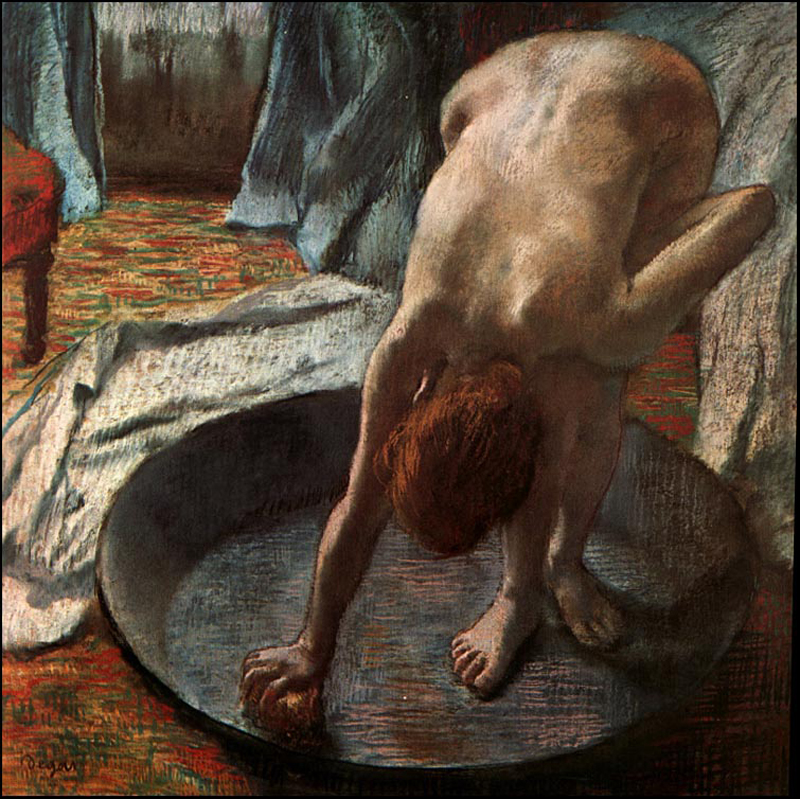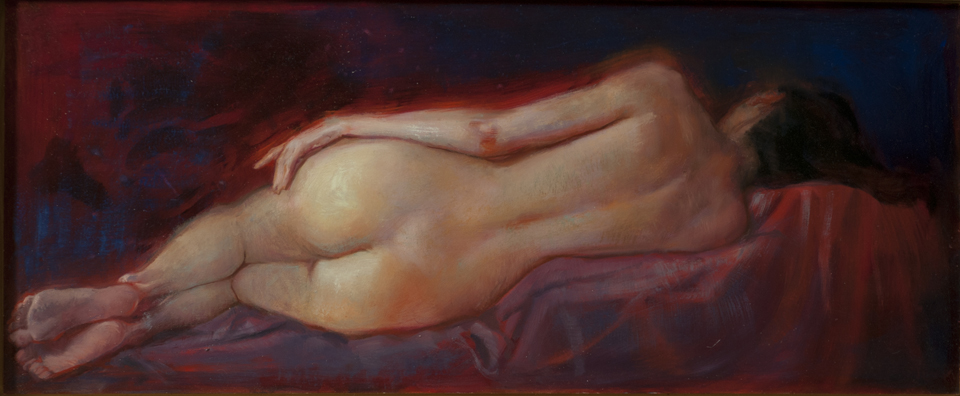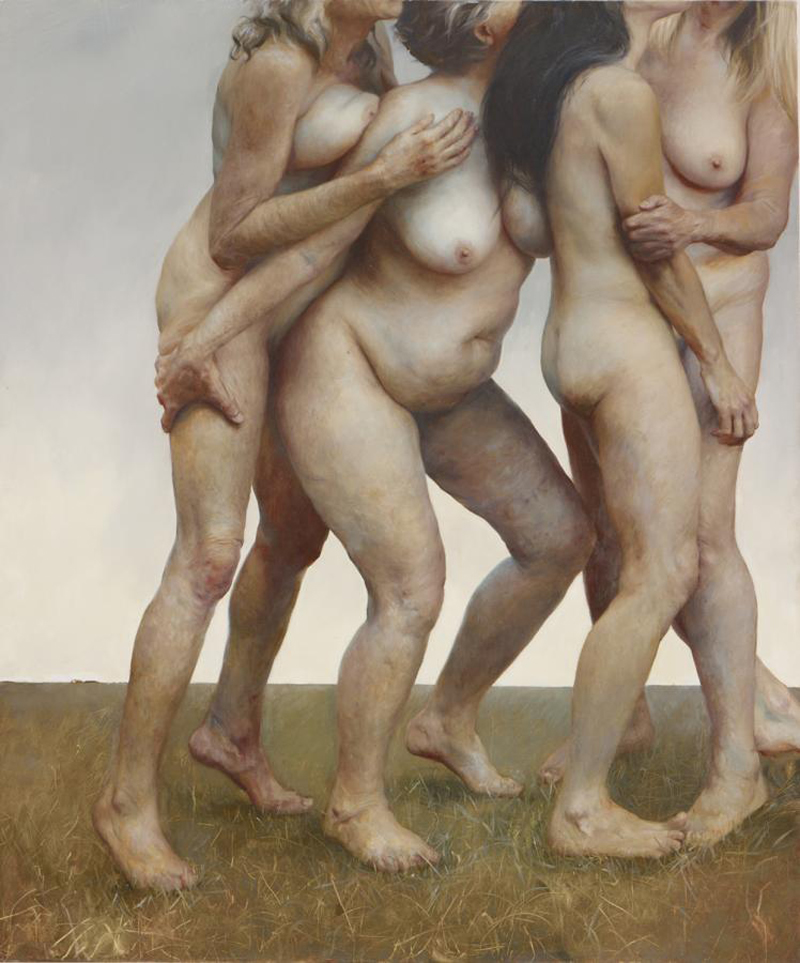David LaChapelle: American Jesus
Paul Kasmin Gallery
Sometimes it’s OK to bite the hand that feeds. Sometimes that hand has a masochist’s soul and will reward you greatly if you just dig in! David La Chapelle is one such pit bull now making waves in the contemporary art world with his current body of large scale photographs.Some of these large photographic panoramas feature the popular cultural icon Michael Jackson in a way that captures the bizarre landscape of our celebrity-worshiping populace. With an appreciated appearance by model Naomi Cambell, in a reference to art history, Chapelle takes several swipes at the Catholic church and western consumerism, including all the syrupy glitz and perverted debauchery that comes with it.
Starting out in the 1990’s as a rising talent in the world of fashion and celebrity photography, he gained access and credibility with his use of surreal imagery mixed with an astute political and social awareness, carving out his own unique niche in creating fantastical scenes for his subjects that are uniquely his own. Having lived and worked within this world of excess, he has earned a particular right to critique it in an over the top kind of way. This is where the idea of biting the hand comes in. Having a keen sense of art history and staging, La Chapelle takes aim at the culture of greed and gluttonous consumerism that has paradoxically given rise to his own work’s popularity.
While in this current exhibit at Paul Kasmin he features Michael Jackson as a misunderstood martyr (we can debate that later) I want to focus on his use of the nude in the making of some of the most intriguing artwork in the current gallery offerings. On view in the second room are two startling works called “The Rape of Africa” and “Thy Kingdom Come” as well as some watercolor renderings showing the evolution of his ideas concerning The Rape of Africa.
As for his feelings about the Church, in a brilliantly staged scene, LaChapelle has created an intense homage to the corruption and perversity of the Catholic church with a pope sitting center stage in orgasmic bliss atop the plunder it has taken through the ages. The scene is completed with the nude bodies of several naked (and defiled?) young men. La Chapelle works this concept on many levels though, and that is one aspect which keeps me looking for hidden meanings. Take for example the painting by Courbet of a woman and her parrot – a wonderful nude in itself – laying on the ground under the men with the rest of the plunder. Courbet was famously anti-establishment and rejected the church’s patronage while preaching an ideal of “absolute freedom”. Unfortunately for Courbet, the patron who propped him up during this time of artistic idealism eventually soured of the relationship leaving him the option of painting a commissioned work for other clients, one of them being ‘A Woman and Parrot’. Aside from it being a beautiful piece from a painter so at odds with religion, I can’t help but think that La Chapelle uses it as a statement of reclamation from the church. A kind of final victory in its possession of this masterpiece.
“The Rape of Africa” is another large tableau that also draws heavily from art history, in this case a modern incarnation of Botticelli’s “Venus and Mars” showcasing Naomi Cambell as the African Venus. Her ornate appearance suggests some degree of cooperation with the colonial powers and contemporary corporate interests in the business of pillaging her land. In La Chapelle’s hand the background cherubs originally holding a lance have become an infant holding a missile launcher. And while the photographs are luscious to behold and thought-provoking on several levels, they are also not without humor. I think this can be attributed to his use of mass consumer product placement and the idealized perfection of many of his models. Suffice it to say however his critical analysis of human cravings and neurosis is dead on. In closing, La Chapelle uses the nude as a means of communicating what classical artists throughout history have presented us with; that is namely a paring down of human nature unencumbered yet vulnerable, showing us our animal nature – warts and all – even under the veneer of picture perfect skin.




















